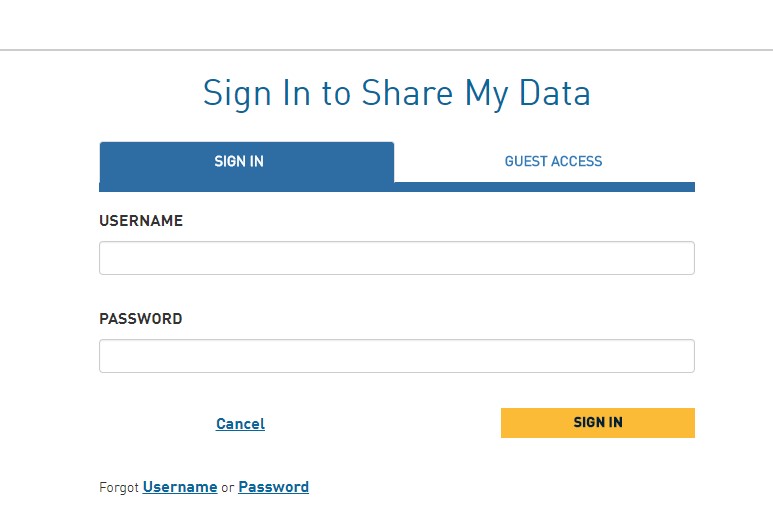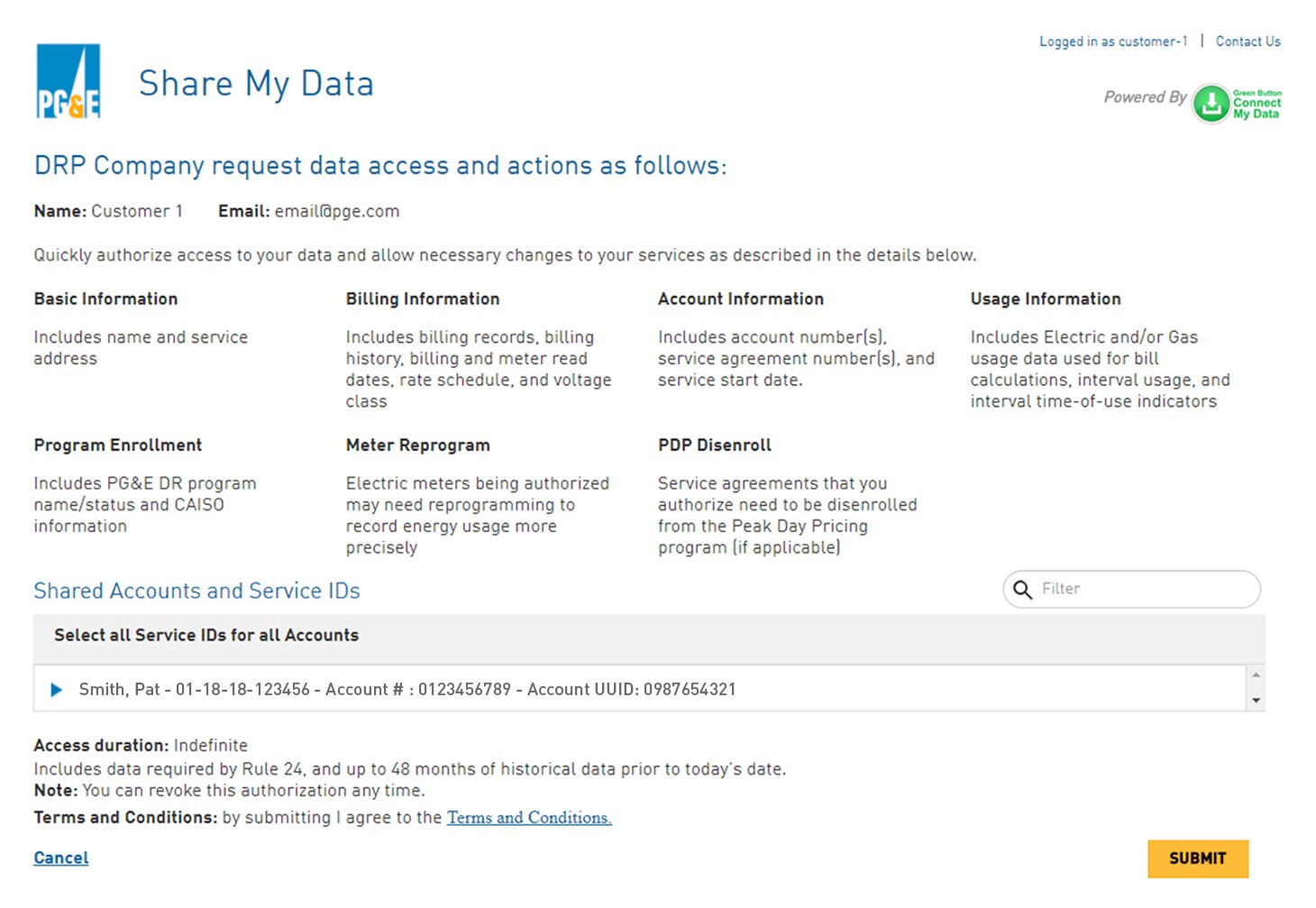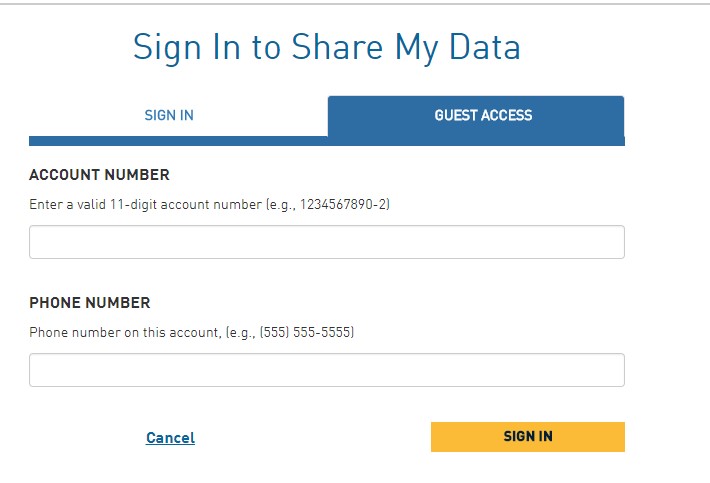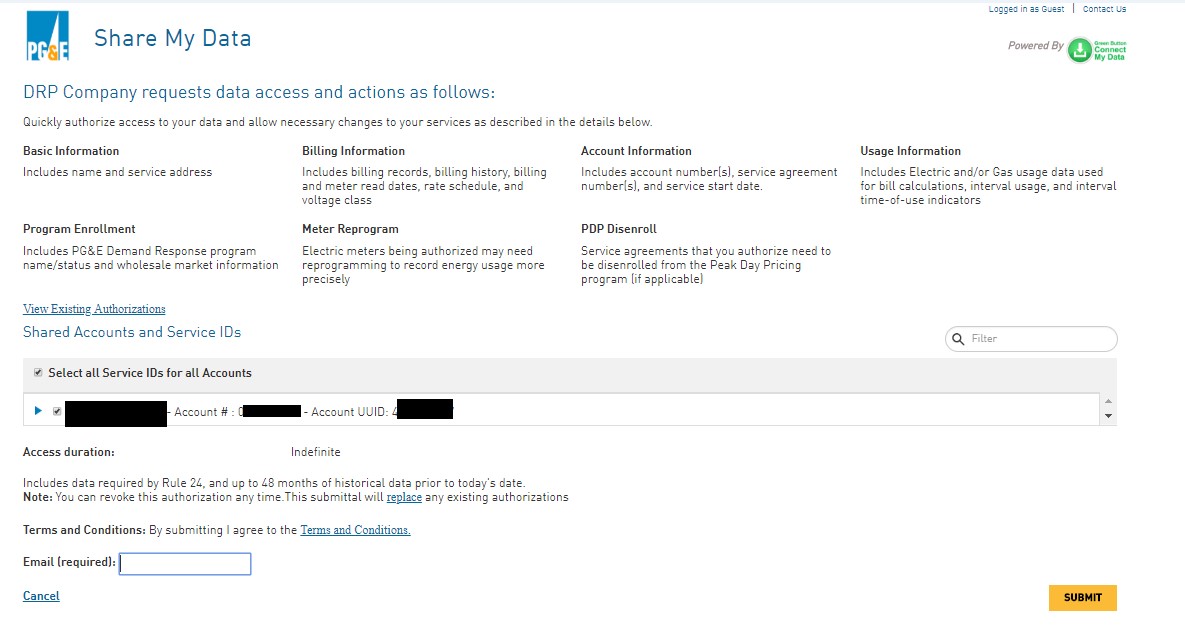Understanding Rule 24
Under Electric Rule 24, PG&E electric customers can enroll in demand response programs offered by third-party Demand Response Providers (DRPs). Demand response programs are programs that provide customers with incentives to reduce their electric consumption during times of peak demand. Rule 24 allows third-party DRPs to solicit PG&E customers to participate in their demand response programs and to then "bid in" the electricity reduction into the wholesale electricity market administered by the California Independent System Operator (CAISO). The California Public Utilities Commission (CPUC) approved Electric Rule 24 with the goal of promoting demand response participation in CAISO markets.
Program objectives
- Help customers reduce their electricity usage, especially during hot summer days.
- Help California achieve its greenhouse gas emissions reduction goals.
Requirements to participate
- Have an electric service account within the PG&E territory.
- Have a SmartMeter™.
- Authorize PG&E to share your electric usage data with the third- party DRP of your choice.
- Cannot be enrolled in a PG&E demand response program or rate product (such as SmartRate, Emergency Load Reduction Program, SmartAC, CBP, and BIP) and enrolled with a third-party DRP during the same time period. If you are currently on one of these PG&E programs you will need to discontinue participation in your current program before enrolling with a third party DRP.
PG&E's role in implementing Rule 24
- Processing authorization requests from customers via the online process or the CISR-DRP form, and releasing customer data to the designated DRPs.
- Checking whether a customer is already participating in a PG&E demand response program. Under Rule 24, customers are not allowed to participate in a PG&E demand response program and a third-party DRP program during the same period.
- Reprogramming your meter, if necessary, to reflect a shorter interval length so that the third-party DRP can include your service account in its wholesale electric market product.




